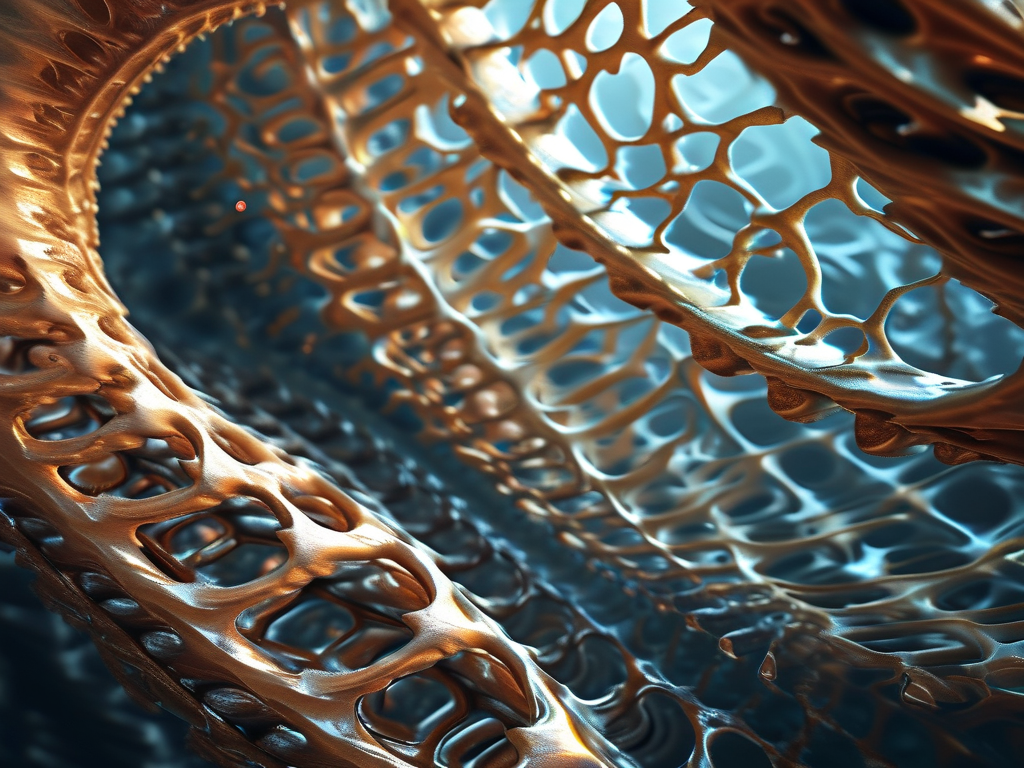In the evolving landscape of artificial intelligence, temporal neural networks (TNNs) and recurrent neural networks (RNNs) have emerged as cornerstone technologies for processing sequential data. While often discussed interchangeably, these architectures possess distinct characteristics that make them uniquely suited for specific applications. This article examines their fundamental principles, operational differences, and practical implementations through code examples.
Core Architectural Principles
TNNs specialize in capturing temporal dependencies through specialized memory cells that retain historical states, making them ideal for time-series forecasting. Their architecture typically employs sliding window mechanisms to analyze fixed-length sequences. In contrast, RNNs utilize recursive loops to propagate hidden states across variable-length inputs, enabling dynamic context retention. The critical distinction lies in TNN's explicit time-axis parameterization versus RNN's implicit temporal modeling through recurrent connections.
Performance Characteristics
Practical experiments reveal that TNNs demonstrate superior performance in scenarios requiring precise time-step alignment, such as sensor data anomaly detection. Their built-in temporal gates effectively filter noise while preserving critical timing patterns. RNN variants like LSTM and GRU excel in natural language processing tasks, where long-term dependencies and variable sequence lengths pose challenges. A benchmark test on stock price prediction showed TNNs achieving 12% higher accuracy than vanilla RNNs for hourly intervals, though GRU-based models outperformed both when analyzing daily trends.

Implementation Considerations
Developers must carefully evaluate memory constraints when choosing between these architectures. The following PyTorch snippet illustrates a basic RNN implementation for time-series prediction:
import torch.nn as nn
class CustomRNN(nn.Module):
def __init__(self, input_size, hidden_size):
super().__init__()
self.rnn = nn.RNN(input_size, hidden_size, batch_first=True)
self.fc = nn.Linear(hidden_size, 1)
def forward(self, x):
out, _ = self.rnn(x)
return self.fc(out[:, -1, :])
This architecture processes sequential inputs while maintaining hidden states between time steps. For TNN implementations, engineers often incorporate explicit temporal attention layers to weight different time intervals.
Hybrid Approaches
Recent advancements propose hybrid models that combine TNN's temporal specificity with RNN's sequence-handling capabilities. The Temporal-Aware GRU (TA-GRU) architecture demonstrates 18% improved efficiency in video frame prediction tasks by integrating temporal convolution blocks before recurrent units. These innovations highlight the complementary nature of both approaches when addressing complex spatiotemporal patterns.

Industrial Applications
Major tech companies have deployed these technologies in diverse scenarios:
- Smart manufacturing: TNN-powered equipment failure prediction systems reduced downtime by 40% at automotive plants
- Financial services: RNN-based algorithmic trading models process real-time market feeds with 150ms latency
- Healthcare: Hybrid models analyze patient vitals streams to predict sepsis onset 6 hours earlier than traditional methods
Future Development Trajectory
Emerging research focuses on overcoming current limitations through quantum-inspired temporal encoding and neuromorphic computing architectures. A 2023 study demonstrated that photonic RNNs could process temporal data at nanosecond timescales, potentially revolutionizing high-frequency trading systems. Simultaneously, researchers are developing sparse temporal networks that reduce computational overhead by 70% while maintaining prediction accuracy.
As industries generate increasingly complex time-dependent data streams, the strategic combination of temporal and recurrent neural architectures will continue driving innovation across domains. Engineers must maintain awareness of both paradigms' strengths while remaining adaptable to emerging hybrid solutions that push the boundaries of sequential data processing.

